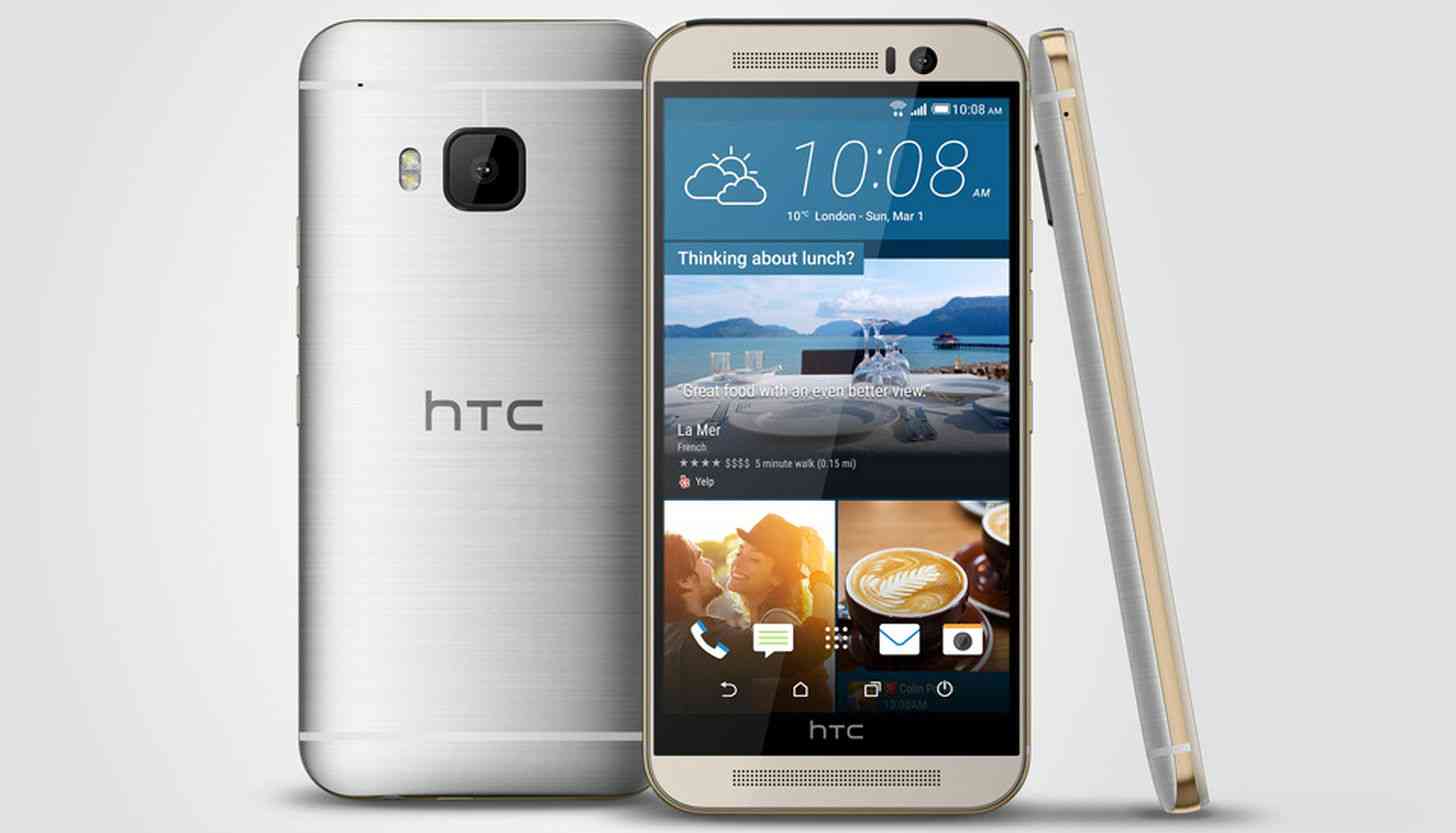
The HTC One series has been one of my favorite series of flagships over the past couple of years. When the HTC One M7 was announced, I was enamored with the design, the specs, and yes, I even liked the 4-megapixel UltraPixel camera that most people despised. When the slightly larger and better HTC One M8 was released, I was still pretty happy with the flagship overall.
However, with the release of the HTC One M9 I found that I, along with many others, were pretty underwhelmed with the flagship. Although the specs were on par with what we’d expect to see for the most part, there were still a couple of things missing from the 2015 flagship that would have made it truly worth noticing.
I have considered that perhaps I only felt underwhelmed by the M9 simply because the Samsung Galaxy S6, a solid rival for the HTC One both in performance and in release dates, had such a big year this year. With the S6’s design change and the addition of the Galaxy S6 Edge, anything released close to the S6 would have had stiff competition. At the end of the day, though, the M9 really was lacking in certain areas that are fairly easy to fix.
Which is why I think that when it comes to next year’s model, the HTC One M10 (or MX, or whatever they end up calling it) should be fairly easy to tweak in order to win back the hearts of consumers.
First and foremost, HTC still needs to focus on the camera aspect of things. I think HTC made a wise decision by moving away from the UltraPixel camera because by and large people still care more for the megapixel count over anything else. While UltraPixel may have worked for people like me who mostly browse pictures on their phone, it didn’t work well for people trying to crop or enlarge the photos.
With the M9, HTC decided to swap out the UltraPixel camera on the back of the device for a more traditional 20-megapixel camera. The camera doesn’t feature OIS (optical image stabilization), but instead EIS (electronic image stabilization), which is the same concept as OIS except for EIS stabilizes the image electronically via the software. It’s a cheaper method of achieving a similar effect, but EIS can reduce the quality of the image. Although EIS doesn’t bother many people (myself included) it does bother quite a few with the reduction in image quality. OIS might be a better option for the next generation HTC One.
I’m about 98% sure that this will be a feature in the next HTC One device, especially considering that it’s a feature of the HTC One M9+ (not available in the States). I never realized how much I would appreciate the fingerprint sensor until I had one, but it is a real comfort in knowing that nobody aside from me can access my stuff. When I look for a new phone in the future, a fingerprint sensor will be a must-have feature for me.
The last thing that I’d like to see on the next gen HTC One is a different design. I’m still quite pleased with the aluminum material used to house the HTC One’s innards and find it to be premium in both look and feel. However, I do think that the design should be tweaked somehow. You know that the designs of the M8 and the M9 are too similar when one of your own employees mixes up which phone is which in an advertisement. I think this was probably one of the biggest reasons that consumers weren't exactly jumping with joy over the M9.
Aside from that, I think the HTC One is still a really solid device. Dual front-facing BoomSound speakers, microSD card slot (an increasingly rare feature these days), and (subjectively) features one of the better Android UIs in the form of HTC Sense all make for a great phone. However, competition is fierce these days and if you want to be the best of the best you’re going to have to nail all major components of the phone.
Readers, what are your thoughts about the HTC One these days? Do you think the M9 was a good upgrade to the M8, or are you hoping to see more with the next generation? Let us know your thoughts in the comments below!